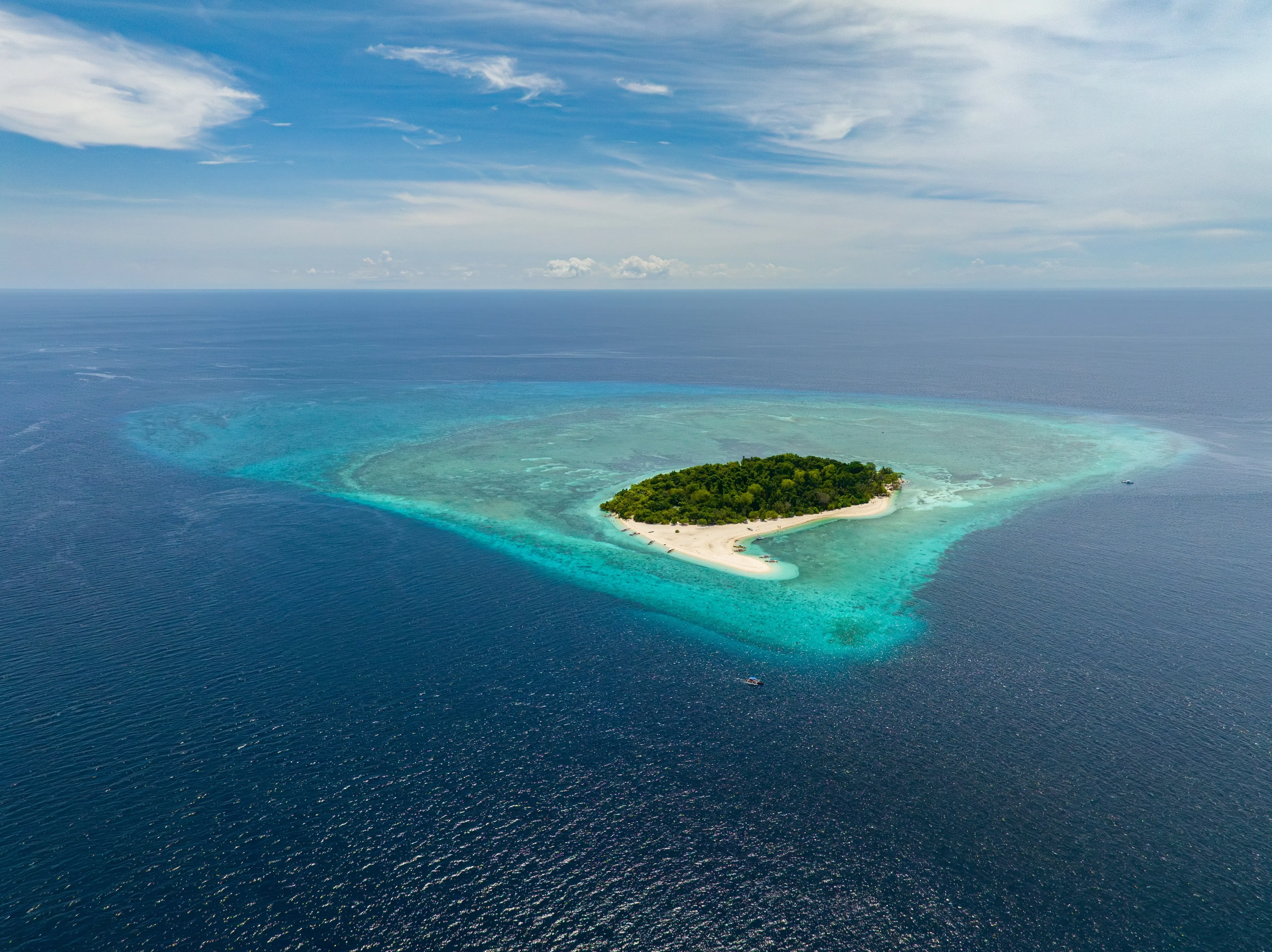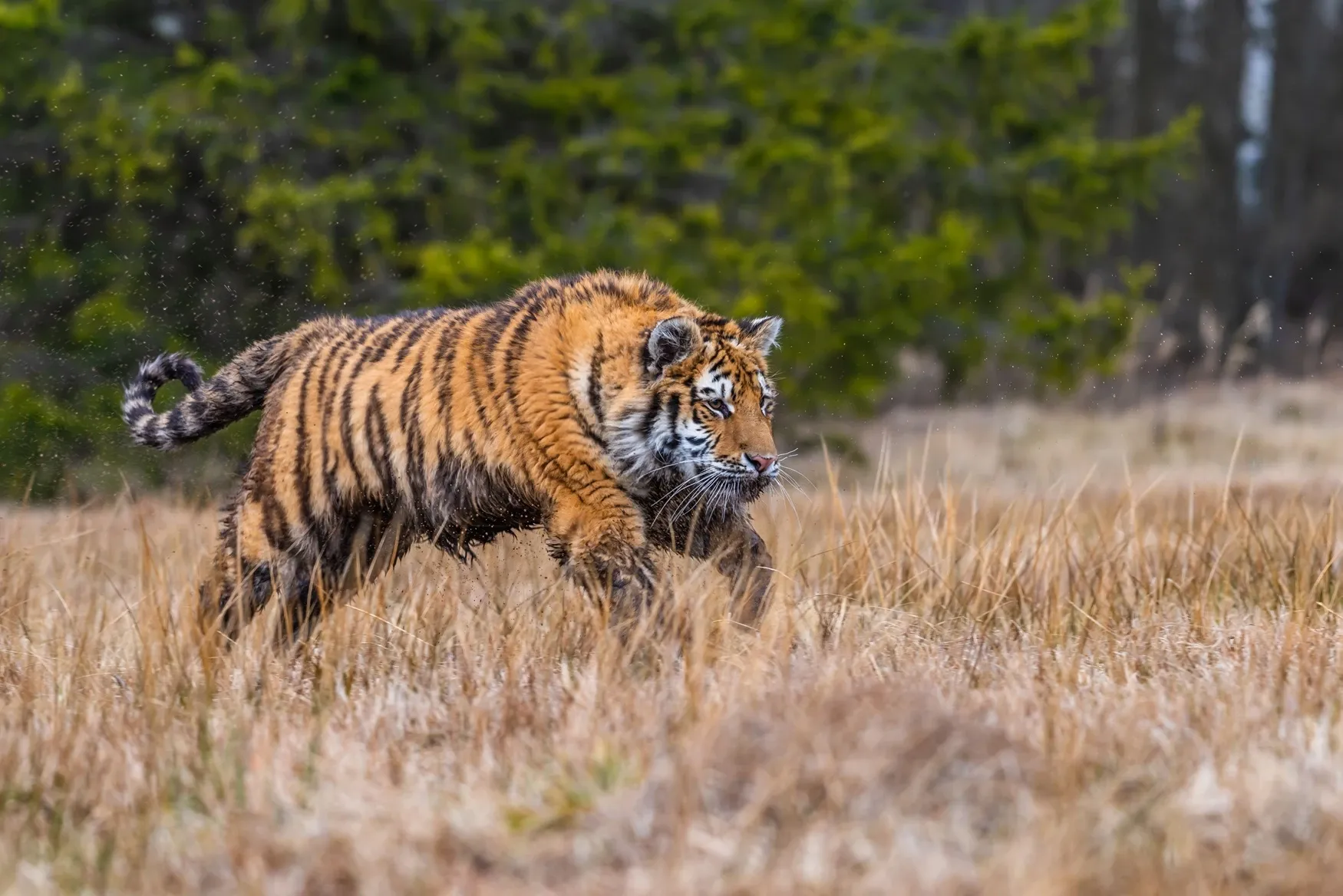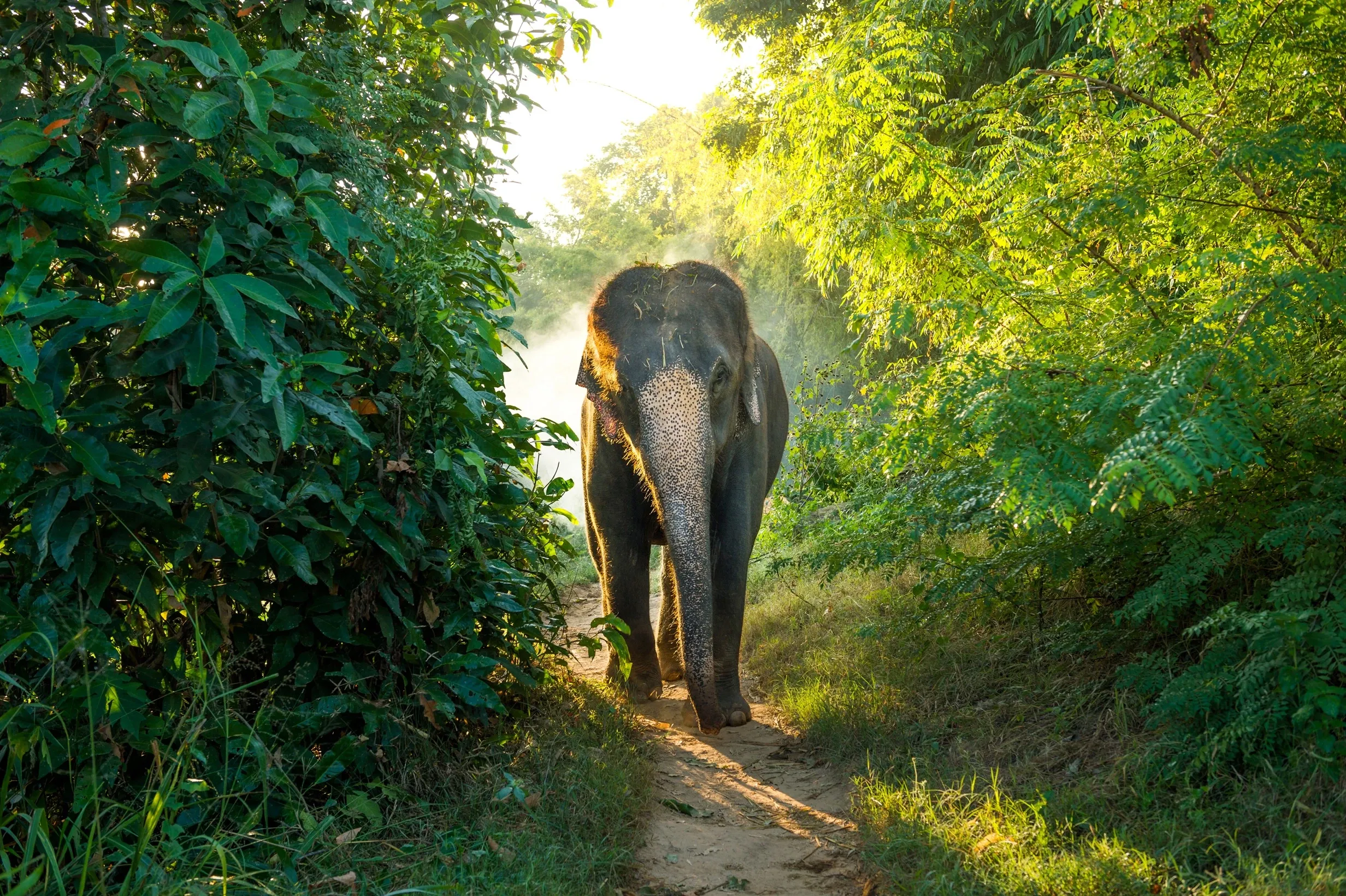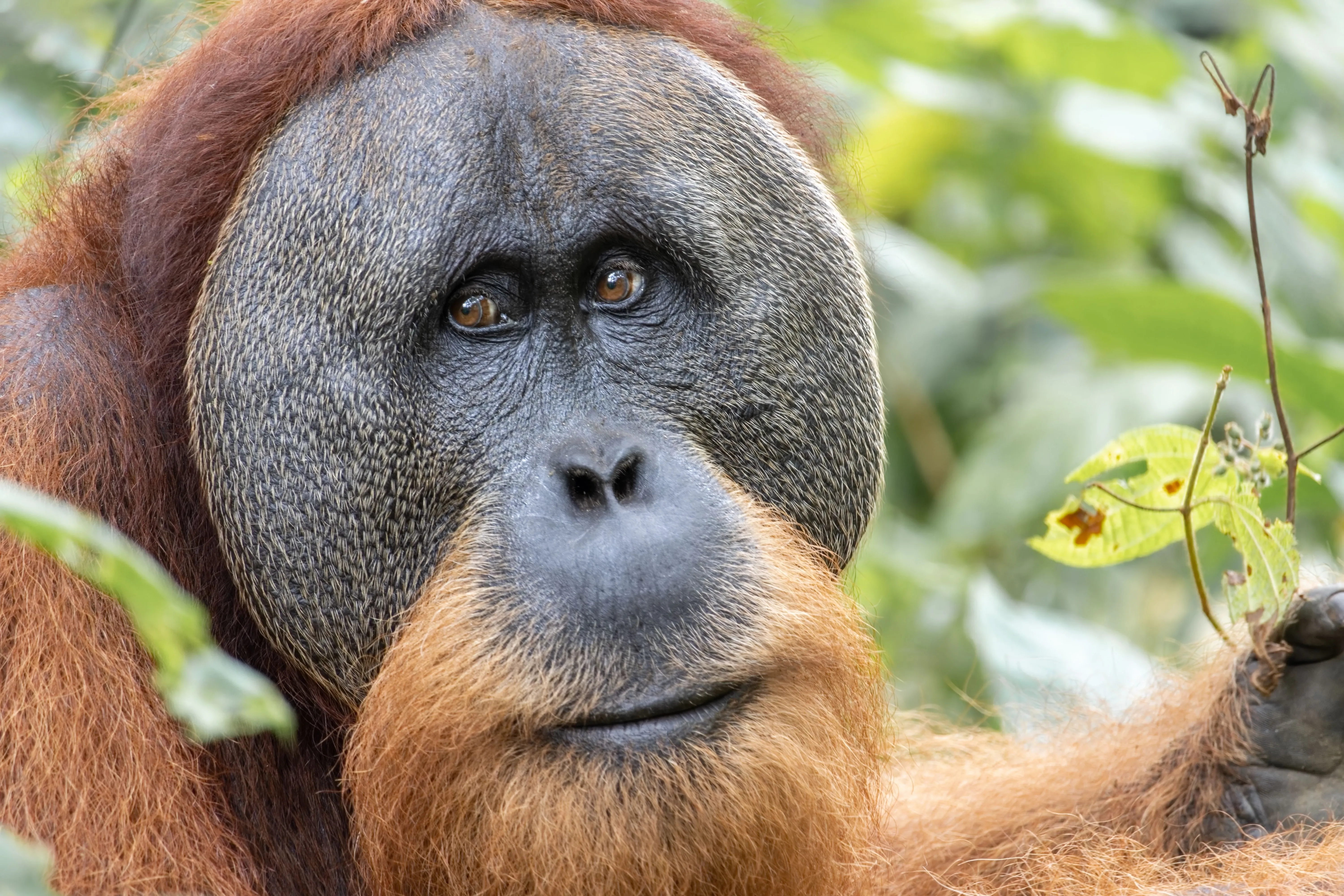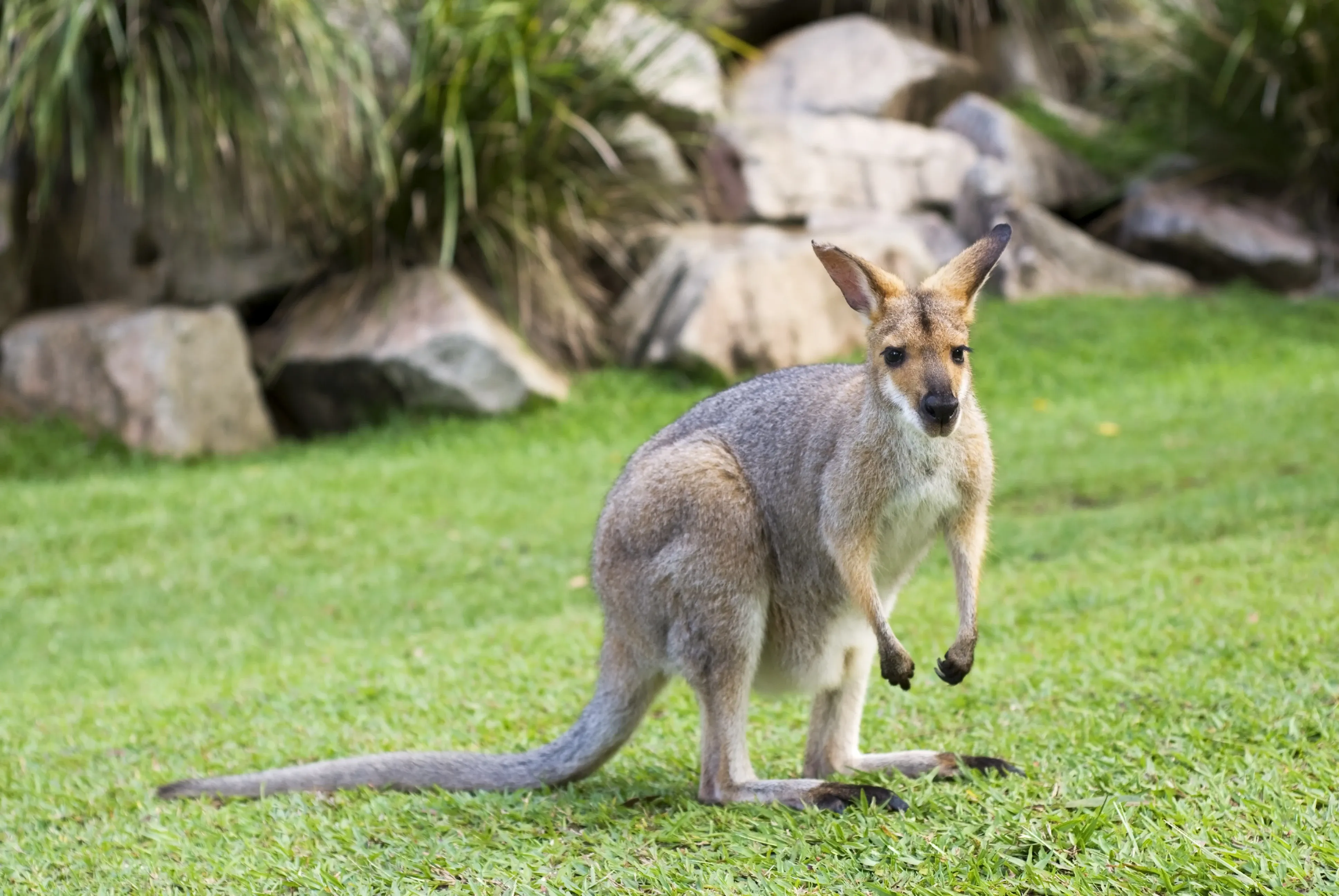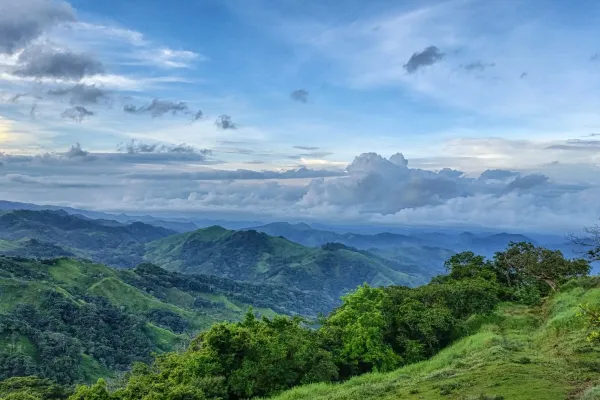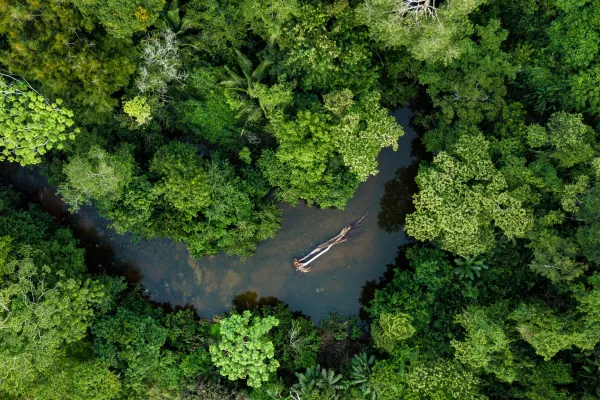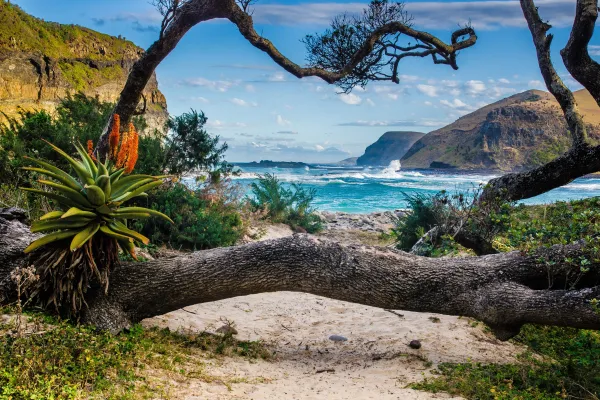The Wallace Line and its forgotten discoverer
Charles Darwin is world-famous for his evolutionary theory of natural selection. However, few people know that his concept had a co-creator - Alfred Russel Wallace, who was also the father of a unique scientific field - evolutionary biogeography - and discovered the remarkable Wallace Line.
Alfred Russel Wallace – A little-known genius
Alfred Russel Wallace was a 19th-century British explorer, naturalist, and geographer who became fascinated by new and contrasting species. He was born in 1823 in the Welsh town of Usk; however, his family later moved to England. As Wallace grew older, he developed an avid love of nature, as well as skepticism of organised religion. Moreover, he began questioning the overarching theory of creation at the time, which espoused the concept of a divine being crafting evolution.
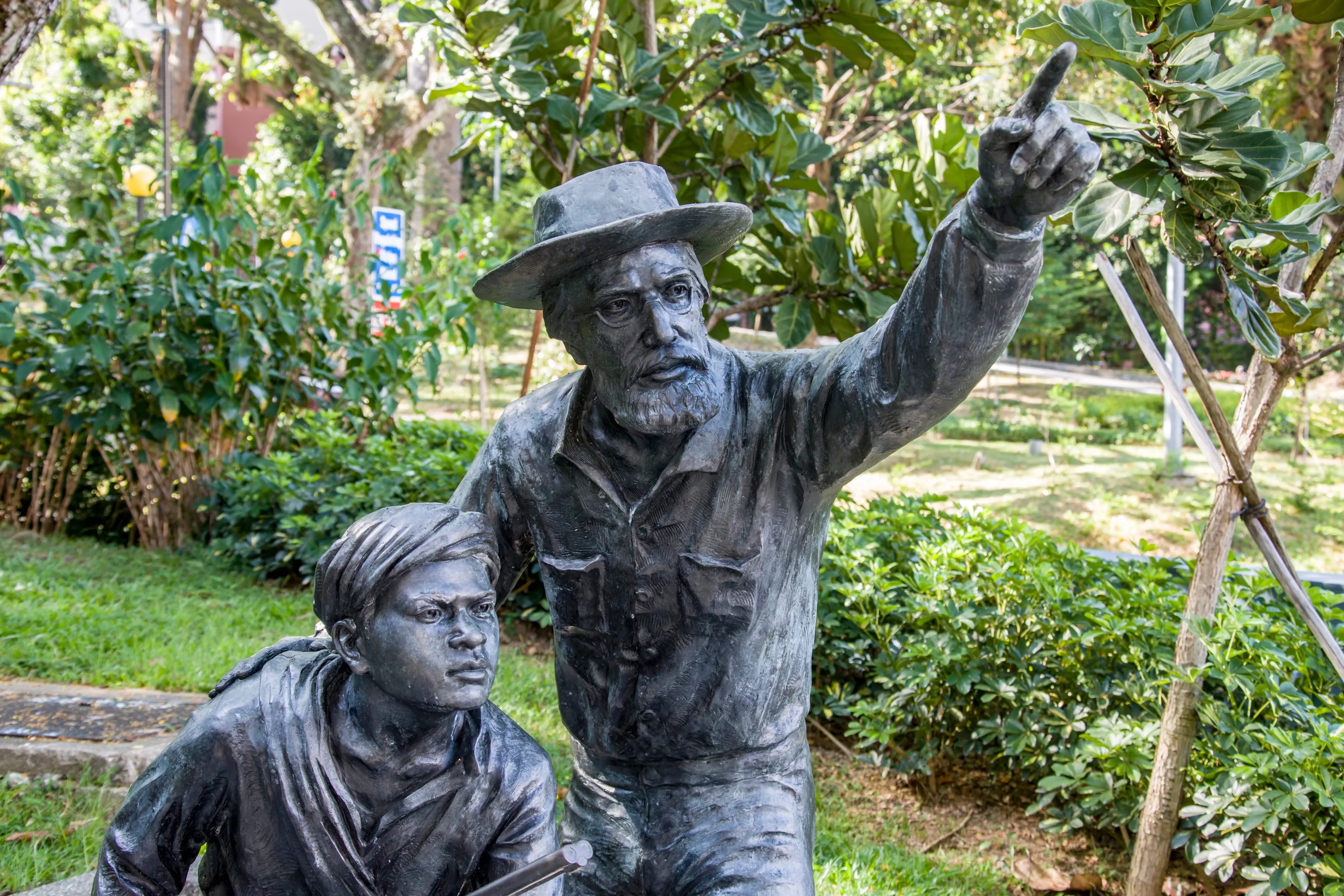
In 1837, Wallace began an apprenticeship in his brother's surveying business, which would contribute significantly to his skills as a mapmaker. However, in 1848, he embarked on an ambitious trip to the Amazon. They aimed to study the region's exotic wildlife and learn more about the evolutionary mechanisms that created and contrasted them. Wallace spent four years here, where he collected and preserved a vast array of wildlife - insect, bird, and mammal specimens - to take home. Tragically, however, his ship sank on the sea voyage back to Britain, taking his entire collection with it.
Nevertheless, Wallace was grateful to have escaped with his life after spending 10 days in a lifeboat before being rescued. However, he managed to salvage most of his notes, from which he would later write two books and several scientific papers. Additionally, he saved a map of the Amazon's Rio Negro that he had created, which was impressively accurate.
»The greatest tropical biologist of Victorian times and probably the greatest collector of natural history specimens ever.«
Amazon adventures sparked his interest in biogeography
One of Wallace's most exciting discoveries in the Amazon was identifying two distinct tamarind monkey species. One was brown and white and inhabited only the river's north banks. The other was black and only lived on the river's south banks. This finding made Wallace wonder if some geographical boundary existed that had caused the two species to develop differently. It also set the stage for his later research into Indonesian animal species and the founding of evolutionary biogeography. Ultimately, this scientific revelation also led him to discover the Wallace Line.
He interviewed several experts from London's Natural History Museum about the man he admires. Dr George Beccaloni is an evolutionary biologist, entomologist, taxonomist, and science historian. He explained, 'evolutionary biogeography is the study of the distribution of plants and animals across the world, and it's very important because it provides key evidence that evolutionary change has taken place.'
Wallace’s Malay Archipelago expedition
In 1854, Alfred Russel Wallace set sail for another foreign destination - the Malay Archipelago. He spent eight years in the area, exploring its islands and collecting copious biological specimens. He also wrote prolifically during this period, publishing dozens of research papers. Among these were two articles on the natural origins of species. In 1958, Wallace sent an overview of these two papers to another prominent naturalist he admired - Charles Darwin. Darwin noticed such a strong correlation between his and Wallace's ideas about species evolution that he published a joint paper featuring both their ideas. The world recognises Darwin as the father of natural selection theory. However, Wallace's theories were remarkably similar and coined simultaneously.

What is the Wallace Line?
While exploring the Malay Archipelago, Wallace observed a striking contrast between wildlife species on various islands, even neighbouring ones. For example, less than 40 kilometres of ocean separates Bali and Lombok at their closest point. However, Wallace was amazed to discover that many of Bali's bird and animal species were entirely different from those on Lombok.
Animals typically indigenous to Asia roam Bali's lush wilderness areas, including tigers, Asian elephants, orangutans, and Borneo leopards. However, Lombok's wildlife is more similar to species found in Australasian areas (a region that comprises Australia, New Zealand and some neighbouring islands in the Pacific Ocean), including marsupials like kangaroos and wallabies. The duck-billed platypus is another typically Australasian species that inhabits Lombok. Additionally, Wallace was delighted to find the spectacular bird of paradise here, which he had been particularly passionate about experiencing.
Wallace realised that he had crossed some invisible geobiological barrier that had caused this distinct difference in wildlife. In the years that followed, the scientific community dubbed this seemingly bizarre barrier the Wallace Line. Alfred Russel Wallace went on to study animal species distribution worldwide. He created a comprehensive and detailed map of the globe divided into different regions called 'Wallace's realms'. In these areas, animal species are more similar to each other than they are between regions.
»We now know that these animals have been isolated in the past and, therefore, have a different evolutionary history.«
How do scientists view the Wallace Line today?
It is only in recent decades that experts have replotted Alfred Russel Wallace's map - which is why he was sometimes described as a ‘forgotten’ discoverer. Their updated version was remarkably similar to the original, which Wallace penned almost two centuries ago. His accuracy was almost miraculous, given the enormous scientific, technological, and environmental advancements since then. Furthermore, his proposed explanation for the phenomenon has proved to be as amazingly accurate as his map of the Rio Negro.
Wallace noticed that the ocean was much deeper along the Wallace Line. He came up with the theory that, during the Ice Age, water levels would have dropped as glaciers formed. This would explain why previously disconnected land masses separated by shallower waters suddenly joined when ocean levels dropped. Furthermore, it would make sense that islands in deep waters would, instead, remain divided by a barrier of ice.
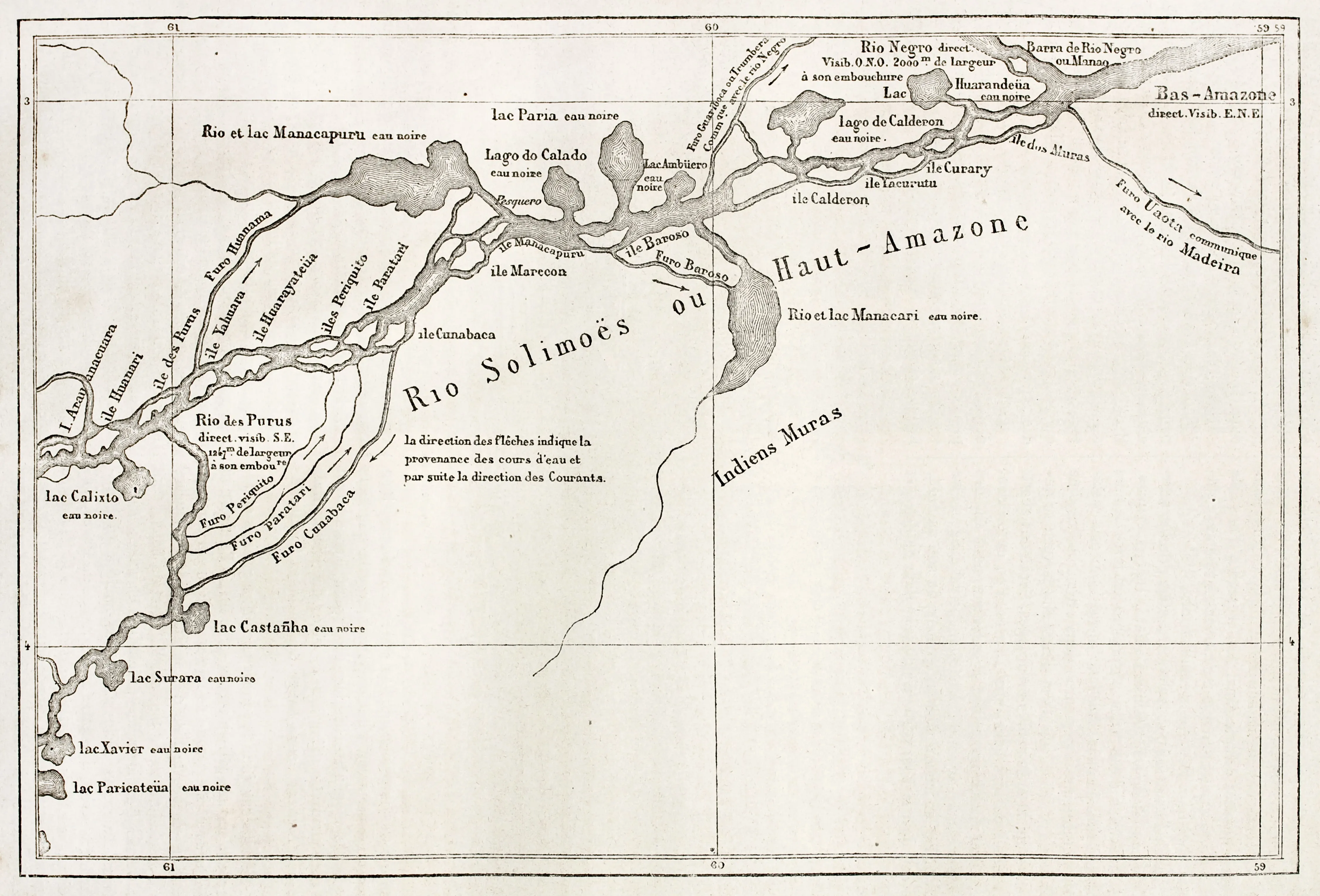
What caused the Wallace Line?
Scientists have confirmed that Alfred Russel Wallace's theory was nearly flawless. Millions of years ago, a massive shift in tectonic plates caused a deep fissure in the marine channel that separates Bali and Lombok. During the Ice Age, most of the earth's oceans receded as they froze over. Previously isolated land masses were united and became connected to the mainland. Consequently, species could integrate easily and evolved similarly under shared environmental circumstances. However, the sea never entirely dried up between Bali and Lombok because of the vast fracture in the ocean floor - the Wallace Line.
The Wallace Line – A lasting legacy
In the years after Wallace returned from Indonesia, he married, had children, and ceased his intrepid travels. However, he remained committed to his role as a researcher and naturalist. In 1969 he published a book about his journey entitled The Malay Archipelago: The Land of the Orang-Utan, and the Bird of Paradise (1869). This insightful account of his journey proved an overwhelming success.
A year later, he published Contributions to the Theory of Natural Selection, reaffirming his enormous contribution to the field of evolutionary science. Alfred Russel Wallace has all but faded into oblivion beside his co-founder of the Natural Selection Theory - Charles Darwin. Nevertheless, his legacy lives on in the Wallace Line, which is not only a biogeographical barrier. It also illustrates the commitment, courage, and genius of a man far ahead of his time.
Source references:
Britannica
ABC Net Australia
Natural History Museum - YouTube
SciShow - YouTube
Sign up for the newsletter
By clicking on “Subscribe now” I will subscribe to the Conscious Explorer newsletter with all the information about mindful travel. Information on the success measurement included in the consent, the use of the shipping service provider MailChimp, logging of the registration and your rights of revocation can be found in our privacy policy.
